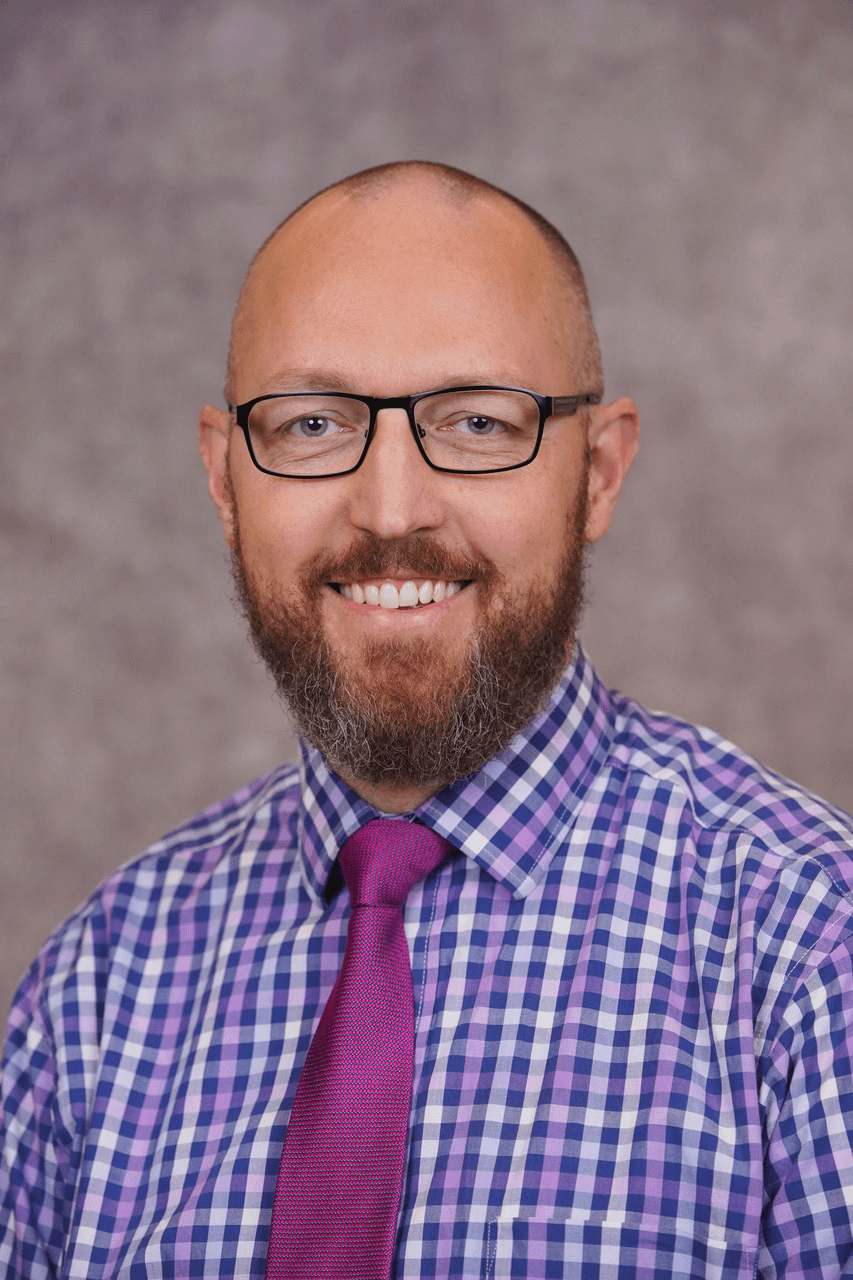
Oral and maxillofacial radiology remains a bit of a mystery within dentistry, with scant information available about what the specialty really involves. That’s why I’m writing this—for myself as much as for anyone curious about the field. I’m a first-year oral radiology resident at the University of Washington in Seattle, and through this blog, I hope to shed light on what draws someone to this path. Along the way, I might share some intriguing cases or insights. At the very least, it’ll be a personal record—a way to revisit key lessons I’m bound to forget as I start this new chapter.

When I decided to pursue oral radiology, nearly every dentist I spoke with—probably 99 percent—gave me the same puzzled look. Why would anyone pick this specialty? Most assumed I was set on teaching, since that’s long been the traditional route for oral radiologists. Fair enough; historically, academic roles dominated the field. But times are changing. The explosion of 3D imaging in dentistry—think CBCT and its growing adoption—has sparked a real demand for qualified radiologists to interpret these complex scans. To me, that spelled opportunity. It felt like the right moment to step into a specialty with serious growth potential. The recent rise in Oral and Maxillofacial Radiology training programs only backs that up.
This field isn’t just about reading images; it’s about being part of dentistry’s evolution. As 3D technology reshapes how we diagnose and plan treatments, oral radiologists are poised to play a bigger role. That’s what drew me in—and what I’ll explore here as I go.
